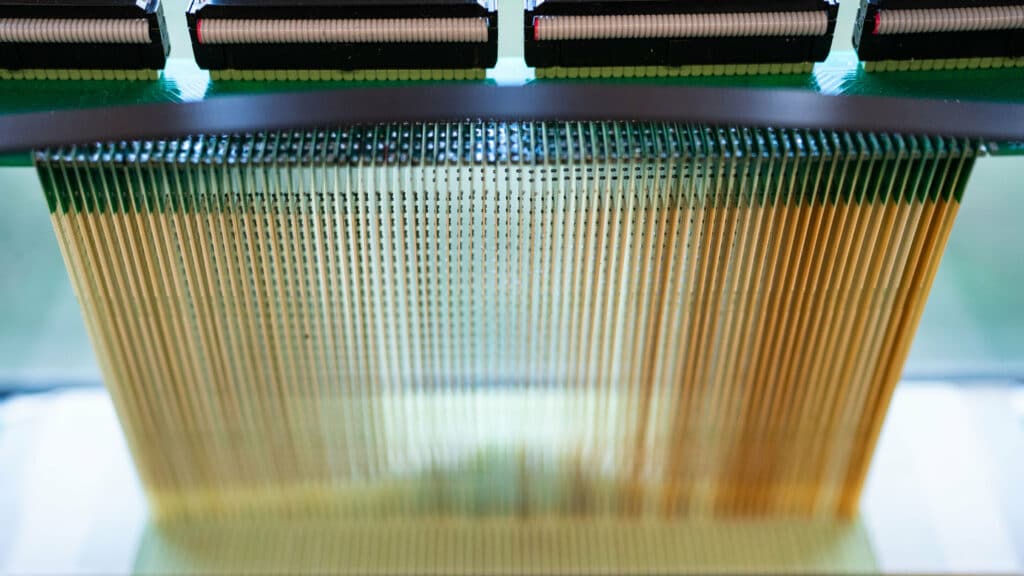Researchers at Princeton University have developed mmWall, a small tablet-sized device that helps mmWave 5G signals overcome the obstruction.

5G communication relies on high frequencies for fast downloads, but these frequencies have drawbacks. High-end 5G frequencies carry data for virtual reality, video streaming, video conferencing and crowded urban areas. But objects and people easily obstruct high-end frequencies, limiting technology’s potential.
A team of researchers at Princeton University have created a device to aid mmWave 5G signals in overcoming the obstruction. The device, called mmWall, is a small tablet-sized device that steers mmWave signals to reach all areas of a large room and can capture outdoor signals when placed in a window. Outdoor 5G base stations may replace Wi-Fi for high-speed indoor and outdoor connectivity, with mmWall technology crucial for seamless switching between networks.
The mmWall has 76 vertical panels that reflect and refract mmWave signals above 24 GHz, with a bandwidth 5-10x greater than 4G. It steers beams around obstacles, aligns transmitter and receiver beams, and establishes seamless connections quickly. Higher frequency wireless transmissions are like beams of light and are easily blocked by obstacles, including humans. The mmWall reflects transmissions at angles not equal to the angle of incidence, bypassing a law of physics. It also refracts transmissions at a different angle and can adapt to ultra-fast networks. Each mmWall panel has two thin copper wire meandering lines and a thicker broken circle line of 28 meta-atoms with tunable electrical and magnetic properties. Controlled current alters meta-atoms, which steer signals up to 135 degrees around obstacles.
Voltage changes alter the phase, or the relationship between incoming and outgoing radio waves, steering mmWave signals to any angle for transmission and reflection. Unlike state-of-the-art surfaces, mmWall works for both at any angle with high amplitude. Using mathematical analysis, the researchers optimized the size, shape, and arrangement of the copper meta-atoms and pathways between them for mmWall. The team aimed to use small metal atoms to optimize interaction with mmWaves and simplify fabrication. The device also uses microwatts of electricity, about 1,000 times less than Wi-Fi routers.
The researchers tested mmWall’s ability to improve mmWave signals in a 900-square-foot lab at Princeton. The device improved the signal-to-noise ratio at nearly all 23 spots tested in the room and boosted signals in roughly 40% of spots previously blocked when the transmitter was placed outdoors.
Reference : Abstract: mmWall: A Steerable, Transflective Metamaterial Surface for NextG mmWave Networks,








